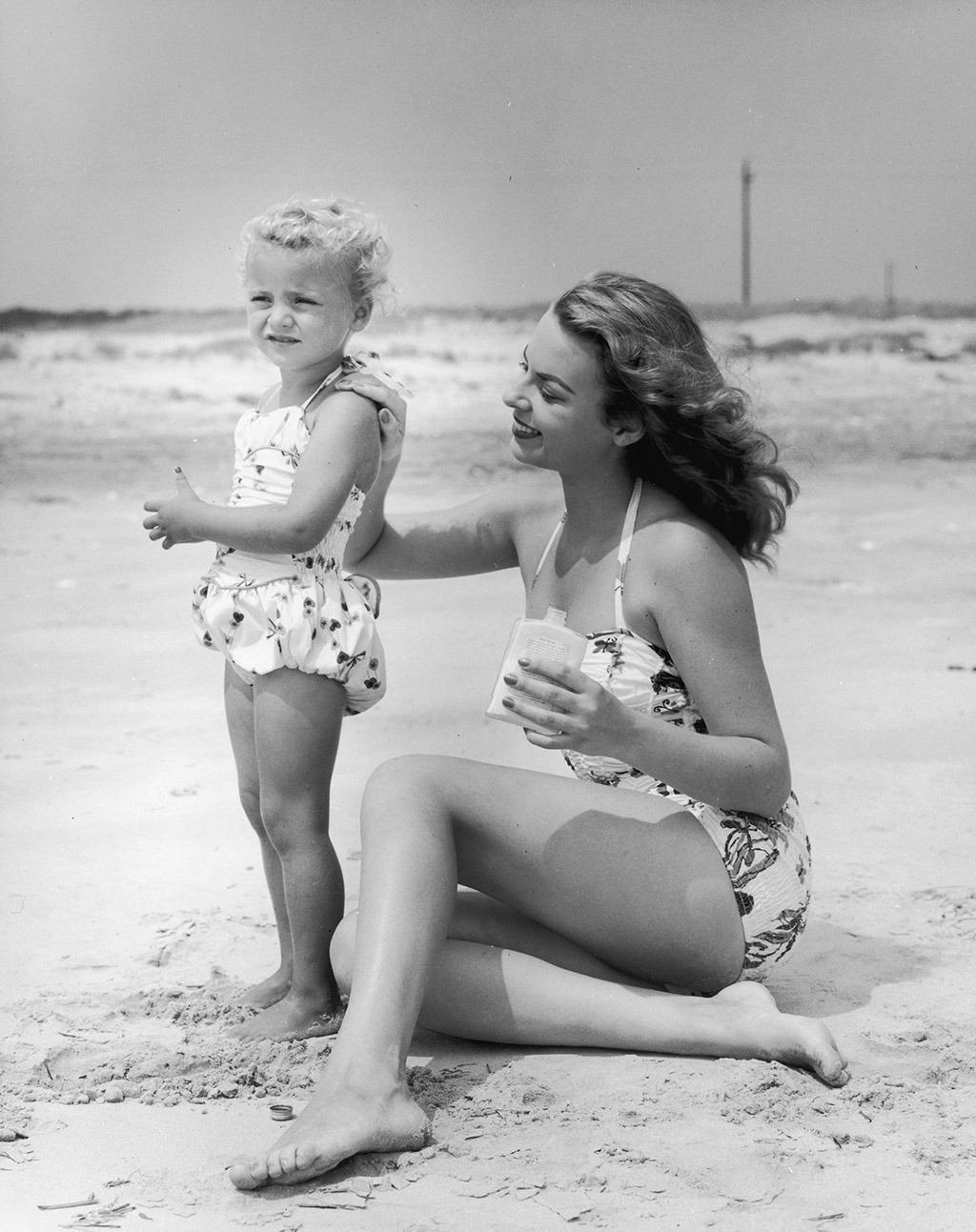Sen. Chuck Schumer Says Consumers Are Getting Burned by Sunscreen Manufacturers. Here’s How to Protect Yourself

Higher SPF doesn’t necessarily mean you’re getting more sun protection. (Photo: Getty Images)
You might feel safe buying sunscreen with a high SPF (sun protection factor), but New York Sen. Chuck Schumer says, not so fast. Citing a recent study from Consumer Reports, he says Americans are getting burned by manufacturers that aren’t delivering on their labels’ promises.
According to the New York Daily News, the senator cited research that revealed more than 40 percent of sunscreens don’t supply the SPF stated on the packaging. “When you’re buying your kids sunscreen with SPF 50, it may not mean your kids are being any better protected than if you were to buy them SPF 30, SPF 20, or even SPF 10,” Schumer said in a press conference on July 20 in Manhattan’s Bryant Park.
The senator is calling on the U.S. Food and Drug Administration to move more swiftly in implementing strategies outlined in the Sunscreen Innovation Act passed by Congress in 2014. Schumer said he wants the FDA to investigate all products on the market, making sure each meets the standards set by the legislature to help keep skin safe from the UV rays that lead to deadly cancers.
According to Sonya Lunder, senior analyst at the Environmental Working Group (EWG), the EWG agrees with Schumer on the need for change. “We definitely share his concerns about the SPF on the label and the performance in a real-life setting, and finding ways to make SPF tests more reliable,” she tells Yahoo Beauty. “In many cases, consumers are getting far less SPF protection than they think.”
There are many reasons the American public believes high SPFs are safer than they actually are. While the FDA does some testing, higher SPFs are left to the manufacturer — and much of the testing could be stronger. Also, since trials are conducted in a lab setting, the numbers indicate how much protection you’d get without smearing, swimming, toweling off, and so forth. In addition, even small differences in the amounts of sunscreen applied could ultimately lead to huge differences in the actual sun protection factor and a faulty SPF.
A high SPF can also be misleading and give a false sense of security, prompting some countries to ban SPFs higher than 50. Not only is there very little difference in protection from 50 to 100 (or greater), but lots of people believe that a higher number is better and that they don’t have to reapply at all. When the sunscreen wears off with activity, you may think you’re protected when you’re not.
David Andrews, EWG senior scientist, tells Yahoo Beauty there are some strategies you can use to make sure your family is well protected against UV damage. “I’d encourage consumers to flip the bottle over and look for key ingredients,” he explains.
Andrews says if your sunscreen has an SPF of between 30 and 50, and you see 3 percent avobenzone or 15 to 20 percent zinc oxide in the ingredients, you’re in good shape. Also, opt for lotions over sticks or sprays, where you’re more likely to miss spots and get uneven application. You can check out the EWG’s 2016 Guide to Sunscreens for more information on the most effective products with the safe ingredients (like those formulated without hormone disruptors).
When it comes to application, do so thoughtfully, says Gary Goldenberg, M.D., an assistant clinical professor of dermatology at the Icahn School of Medicine at Mount Sinai. “Correct sunscreen use involves applying 30 minutes before sun exposure, when most apply the product while in the sun already,” he tells Yahoo Beauty. “Use approximately one ounce of sunscreen for an average-size person; most people do not apply enough. And while we don’t know exactly how often to reapply, I tell my patients that more is better. Most people apply once a day and do not reapply after exposure to water.” After an activity, slather it on again.
Goldenberg says that he always chooses sunscreens from trusted brands, with Consumer Reports as an additional guide. “I personally prefer La Roche-Posay and EltaMD for the face, neck, and hands,” he says. “At the beach, our family uses Heliocare Heliotop SPF 50+ or Coppertone Sport SPF 50. For adults or kids with sensitive skin, I recommend Vanicream SPF 50.”
Let’s keep in touch! Follow Yahoo Beauty on Facebook, Twitter, Instagram, and Pinterest.

